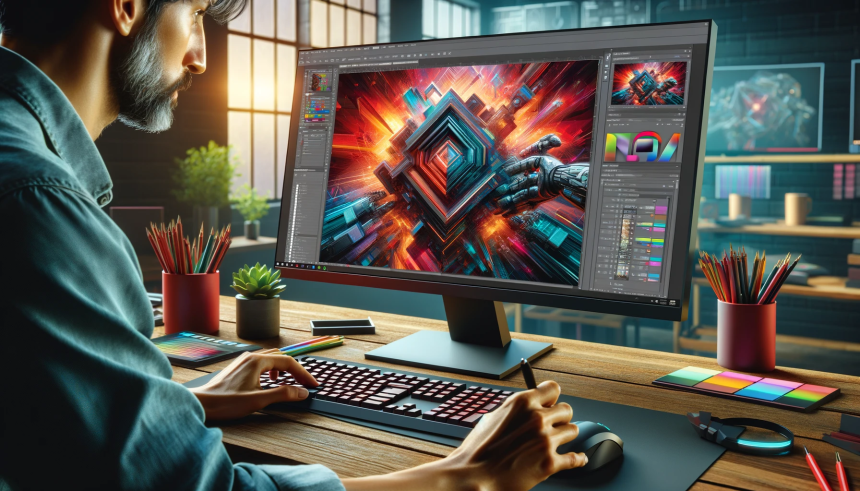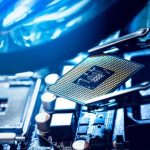OpenAI has entered into a high-profile partnership with AMD, shifting the competitive balance in the artificial intelligence chip sector. The collaboration aims to provide OpenAI with significant computational resources as the company develops new AI models and tools. As part of the agreement, AMD will supply six gigawatts of computing power, and OpenAI will obtain the right to acquire up to 10% of AMD stock, currently valued at approximately $33 billion. This deal may reshape the AI spending landscape, encouraging both innovation and competition among chip manufacturers. Financial markets responded swiftly, with AMD shares jumping 24% after the announcement, while Nvidia—a dominant force in the GPU market—saw its stock dip slightly.
Past reporting has focused on Nvidia’s longstanding lead and its sizable agreements with AI firms, particularly OpenAI. However, Nvidia has maintained a larger market presence, consistently surpassing AMD in both data center revenues and market capitalization. The introduction of AMD’s MI450 chips into OpenAI operations marks a strategic effort for AMD to close that gap, signaling a more competitive era in AI hardware partnerships. The scale and terms of this latest deal offer OpenAI greater flexibility and options compared to earlier alliances among industry leaders.
What Does the AMD-OpenAI Partnership Involve?
OpenAI’s agreement with AMD centers on staged deployments of AMD’s MI450 chips, with the first one-gigawatt tranche scheduled for the latter half of 2026. The full six-gigawatt commitment will be incrementally reached, each milestone paired with additional stock vesting for OpenAI. AMD’s commitment comes under specific conditions, with the entire stock option package contingent upon the company’s shares achieving a $600 price point, against a current level of $204. OpenAI’s access to stock will hinge on technical and commercial objectives being met during the partnership’s execution.
How Are Other Major Players Responding?
Nvidia, which commands over 90% of the global GPU market, recently secured a separate agreement with OpenAI, promising up to $100 billion in investments with access to 10 gigawatts of computing power. While Nvidia remains a formidable leader with massive data center revenues and capital, the recent AMD-OpenAI alignment injects competition and may diversify OpenAI’s hardware suppliers. Nvidia’s share price fell modestly following the AMD announcement, although its dominant market status has not shifted materially for now.
What Are the Broader Industry Implications?
Financial analysts suggest this flurry of deals reflects early-stage enthusiasm comparable to the initial internet boom. Globally, venture capital investments surged, with nearly half targeting AI initiatives. Large-scale partnerships such as AMD’s and Nvidia’s with OpenAI are seen as setting the pace for future capital flows and technological advancements within the sector. AMD CEO Lisa Su emphasized the magnitude of the opportunity, stating,
“In addition to the OpenAI opportunity, and the very significant revenue addition there, we expect to generate well over $100 billion in the next several years.”
She further commented on the outlook, saying,
“Our clear line of sight supports tens of billions in data center revenues by 2027.”
While Nvidia still retains a strong advantage, recent initiatives reveal both companies are determined to secure long-term leadership in the rapidly expanding AI hardware market. OpenAI’s move to diversify its hardware partnerships reflects a maturing industry, where buyers seek multiple suppliers to ensure scalability and innovation. For organizations adopting advanced AI solutions, both pricing and performance decisions may increasingly hinge on the evolving competition between chipmakers.
Understanding the dynamics of these high-value agreements can inform strategic choices for companies investing in AI capabilities. Observers should monitor milestone-based deal structures and competitive pressures between longtime industry leaders and ambitious rivals. The trajectory of OpenAI’s technology development will likely depend not only on access to powerful computing resources but also on the stability and responsiveness of its hardware partners.










